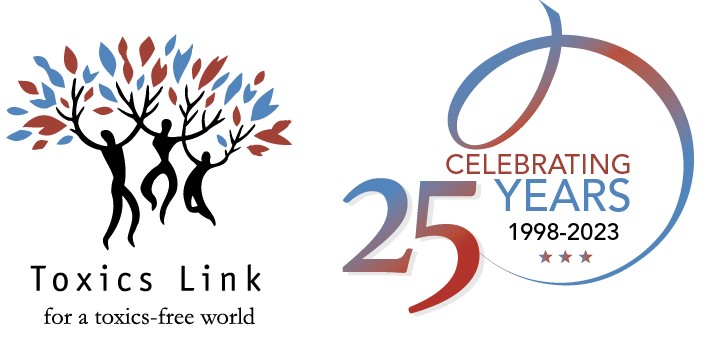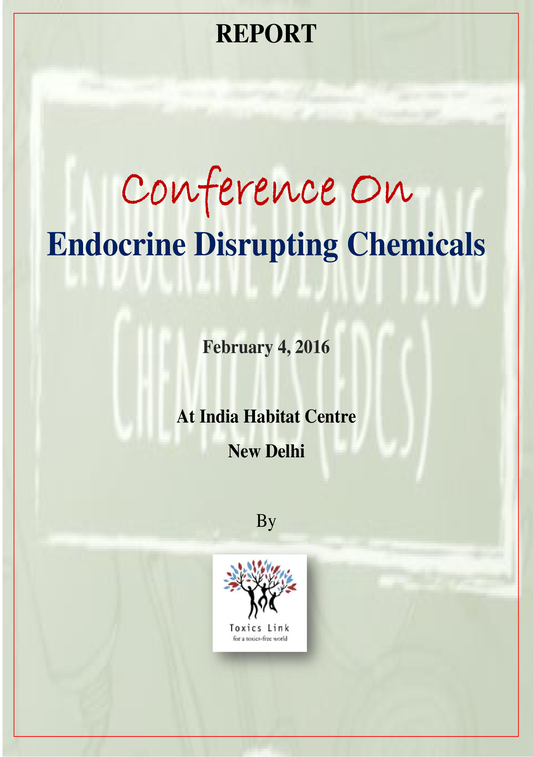

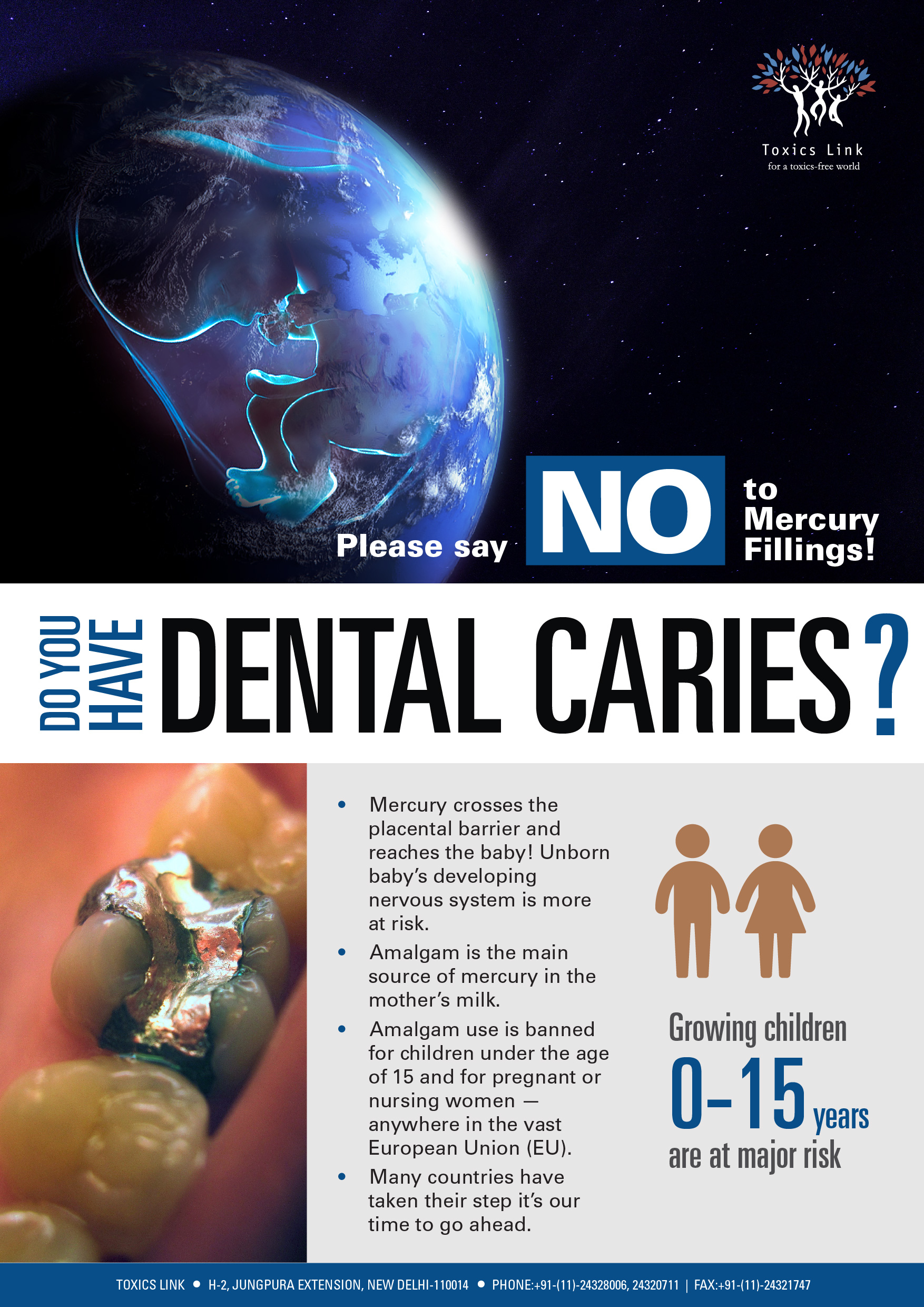
Do you have Dental Caries
Do you have Dental Caries Title: Do you have Dental CariesPublication Type:IEC MaterialYear of Publication: 2017Abstract: Read...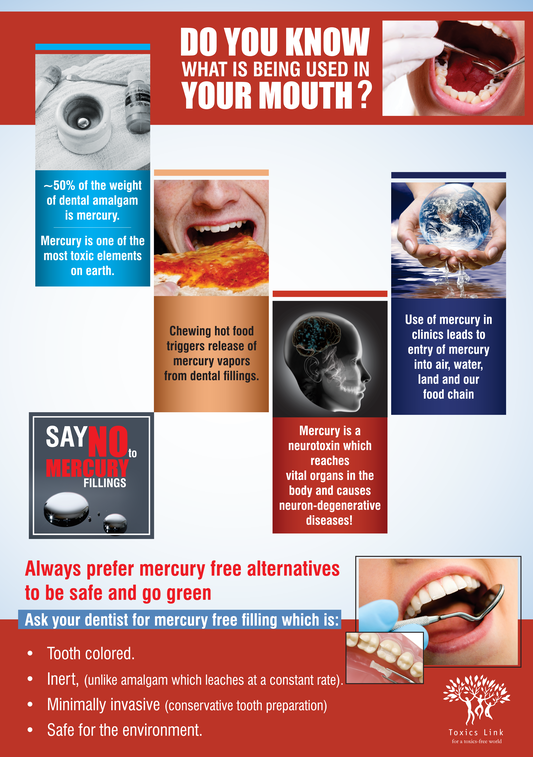
Do you know what is being used in your mouth
Do you know what is being used in your mouth Title: Do you know what is being used in your mouthPublication Type:IEC MaterialYear of Publication: 2017Abstract: Read...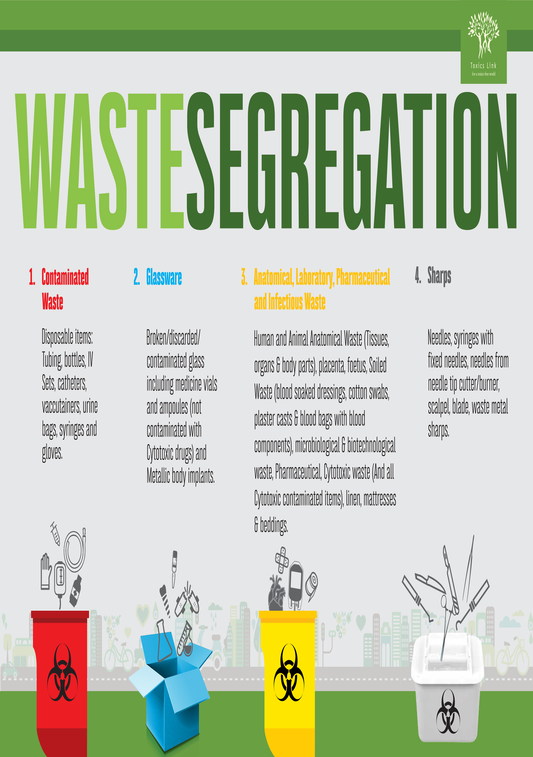
Poster BioMedical Waste Segregation English
Poster BioMedical Waste Segregation English Title: Poster BioMedical Waste Segregation EnglishPublication Type:IEC MaterialYear of Publication: 2017Abstract: Read...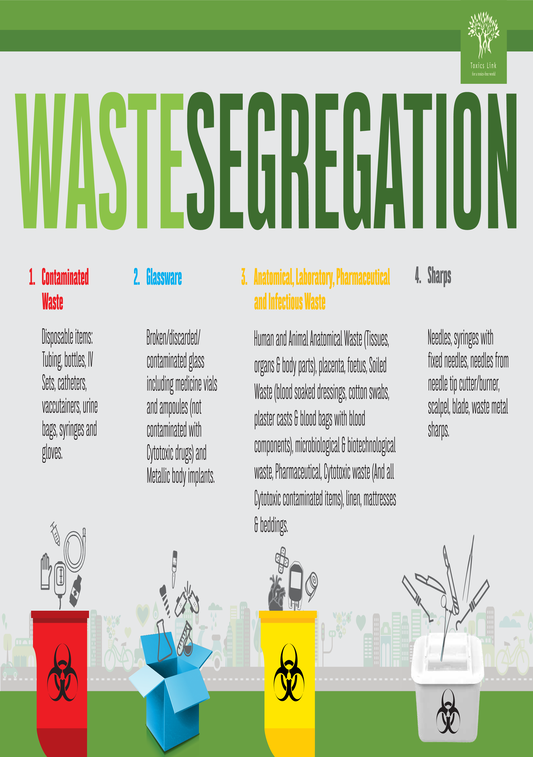
Poster BioMedical Waste Segregation Hindi
Poster BioMedical Waste Segregation Hindi Title: Poster BioMedical Waste Segregation HindiPublication Type:IEC MaterialYear of Publication: 2017Abstract: Read...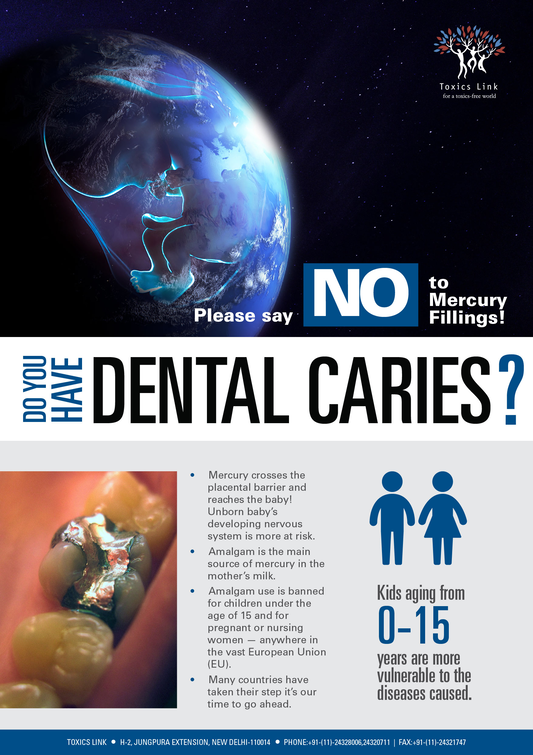
Poster Dental Caries
In the study, 6 face wash, 3 body washes, 3 face scrubs from different brands, 1 face mask and 5 varieties of leave-on lotions were analysed for detecting the presence of microplastics (water insoluble) of more than 0.45 micron size. Large numbers of particles, especially granular material were observed with naked eye. Stereomicroscopic examination as well as filtration indicated presence of micro particles in 9 out of the 18 samples tested. The findings indicated presence of microplastics in most of the rinse off cosmetics. Interestingly, none of the leave-on products were detected with microplastics or even microparticles. Presence of insoluble micro particles in majority of the rinse off products does raise an alarm. These are designed to be disposed of with no possibility of recovery or recycling. Out of the 12 rinse off products included in the study, 5 of them were found to have microplastic. Since these are direct body to drain products, the beads from these products get directly into the water system and through the water channel reach the larger water bodies.
